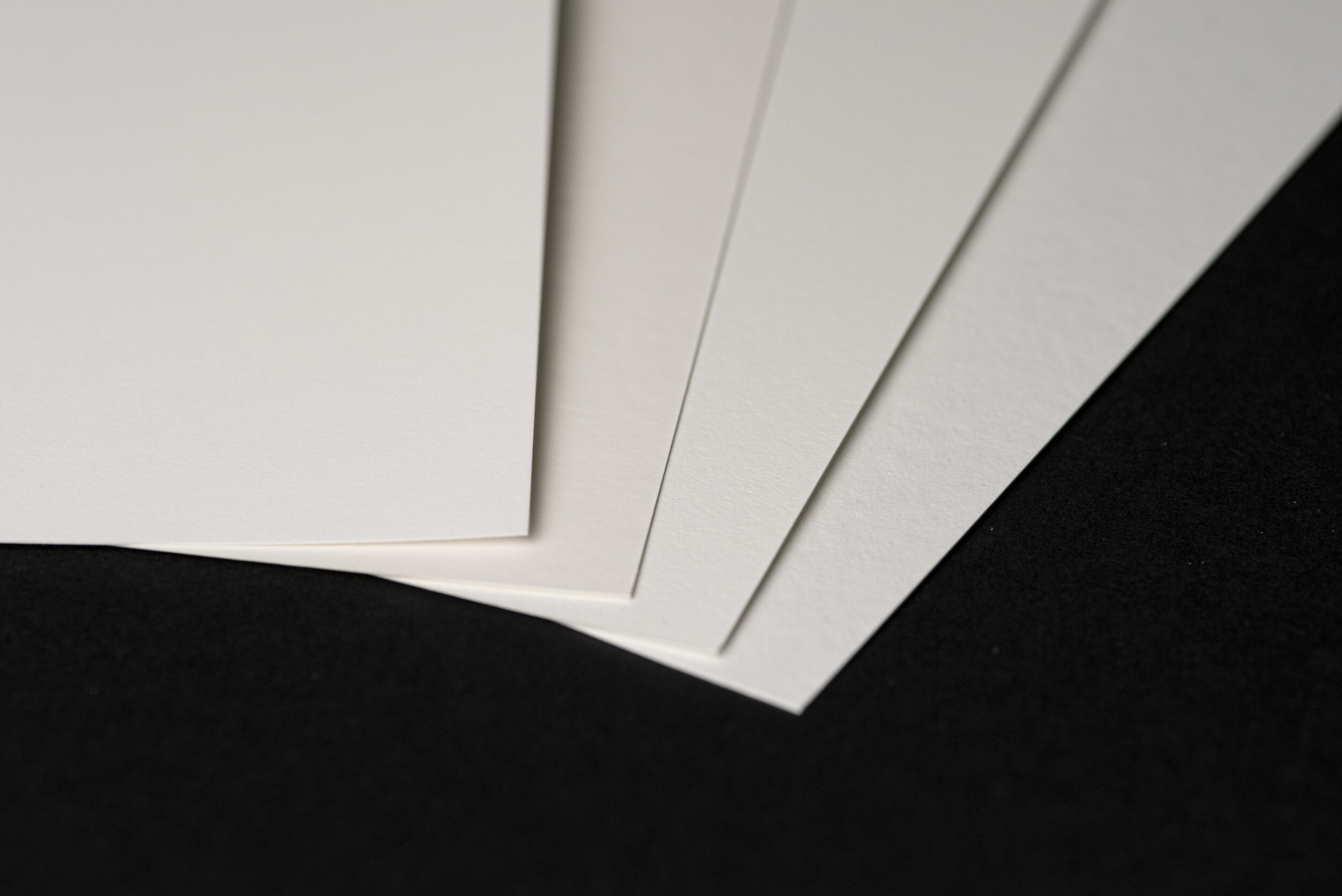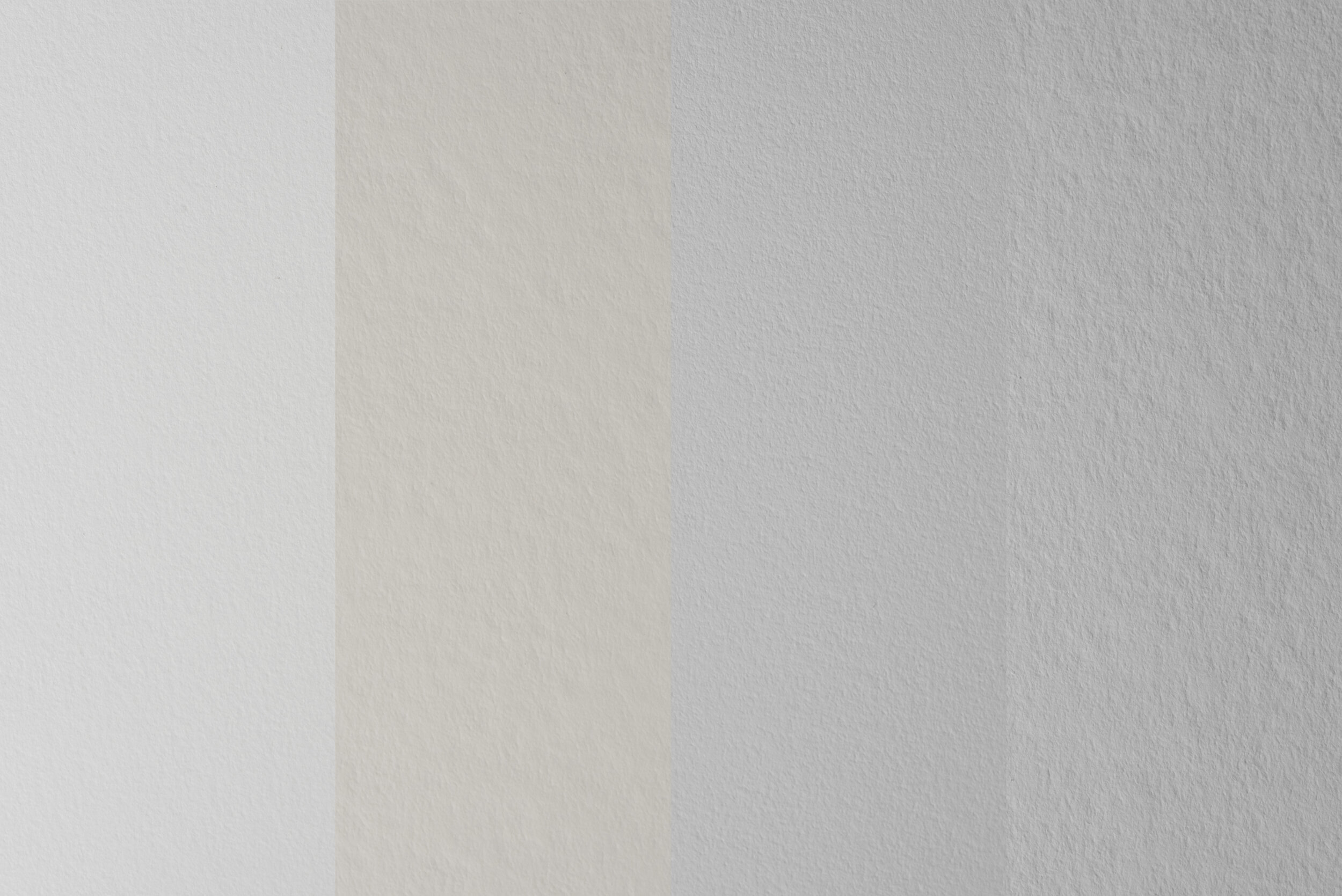Sustainable Inkjet Printing on Bamboo, Hemp, and Agave // Hahnemuehle Paper Review
Introduction
Hahnemuehle is a German paper company which has recently launched its Natural Line, a range of digital fine art 290gsm papers with a focus on using sustainable raw materials such as bamboo, agave, and hemp. I’ve been trying these papers on my Canon Pro-100s inkjet photo printer and have some insights regarding their technical and artistic qualities.* To flush these out, I will be comparing the three new stocks against my current go-to paper: Hahnemuehle’s PhotoRag Baryta, a rich, glossy 315gsm cotton paper that has qualities similar to that of traditional black-and-white silver gelatine prints. By comparison, these beautiful new sustainable alternatives come with a very different warm-toned, matte aesthetic quality. There are comparison photographs throughout this article to give a visual sense of these new papers. So who are these papers for? The more environmentally conscious photographer. Anyone working with a muted pastel colour palette or lower contrast black and white scenes will also love these paper stocks.
From left to right, Baryta, Bamboo, Hemp, Agave
Inkjet Printing
Firstly, lets set out some context regarding printing. It seems as though fewer and fewer people, let alone photographers, are printing their work at all. Certainly, trends over the last decade or so in technological advances (smart phones) and social media (Instagram, etc.) means photography is vastly more accessible to the general public and has shifted from a physical medium to one which is primarily digital and online - we are limited to sharing small jpegs or low resolution files to a portfolio website. However, photographers historically always had a focus on ‘the print’ (Ansel Adams even dedicated a whole book to the subject); this included a wide variety of alternative processes and media that go into making a beautifully crafted object to put on display. Personally, I’m trying to keep myself involved in the physical process of printing as I find it offers creative variety within today's largely digital world of photography.
Printing techniques such as silver gelatine darkroom or platinum-palladium were, however, developed for a different time. We are presented with a different set of cultural and political concerns in the 21st century, notably the on-going climate crisis. The photography community as a whole is slowly becoming more environmentally conscious with movements to shoot local and travel less, but I think this can extend into the realm of printing as well.
Beautiful sheen of a Baryta finish
While it is not viable for all of us to return to chemical-based printing techniques, fine-art inkjet printing is a great option. There are a huge range of media choices, from gloss to matte, textured to smooth, warm to cool. Dye and pigment inks now have incredibly long lifespans, especially when paired with papers that meet high archival standards. This is important as we should take into consideration the embodied energy in the materials we use as well as how long they will last. Even with all this variety, however, the current options are by and large cotton based papers. So when Hahnemuehle launched its new Natural Line papers, I was extremely excited to give them a try and see if they are the way forward for inkjet printing to address both the aesthetic and environmental concerns that we are faced with today.
Sustainability
How is bamboo, hemp, or agave better than cotton for the planet? These crops, in general, require less resources and maintenance to grow, they grow faster, and they out produce their cotton counterparts. Carbon Farming Solutions claims that Bamboo can sequester up to 16 tons of carbon per hectare per year.** Even with theoretical best practice, cotton struggles to reach values of .7 ton of carbon/hec/yr.*** Furthermore, Project Drawdown estimates that “Hemp out produces cotton or trees by factors of 10 to 100 times in terms of yielding useable fibre”.**** So, environmental concerns and the sharing of global resources has fostered innovation; companies are producing smarter planet-conscious products in response to climate change. It is worth noting that Hahnemuehle’s Natural Line products still use a mix of these more sustainable resources with cotton in their final products, no doubt a necessary compromise to maintain aesthetic and archival integrity. It’s fantastic that readily available photo papers are becoming more traceable with a lower carbon footprint while still maintaining comparable pricing to cotton stocks of the same quality.
Aesthetics & Comparison
The result of using these sustainable raw materials is an overall very different aesthetic quality to a typical glossy cotton paper. The first thing to take into consideration is that they are all matte papers. This results in less contrast and more of the textural quality of the paper showing through in the final print. Bamboo displays the most texture, with Hemp close behind and Agave the smoothest. The bamboo stock (90% bamboo, 10% cotton), is a far warmer (“natural white”) paper stock when compared to a 100% cotton bright-white paper like PhotoRag Baryta. The agave and hemp papers fall somewhere in between the warm tones of bamboo and the bright white of cotton due to their 30% and 40% cotton mix respectively. Their overall warmth wasn’t actually apparent to me until viewed side by side with the Baryta stock - this is a common visual phenomenon called the 'contrast effect' in which the human eye uses comparison in order to distinguish or blend similar tones. Take a look at the comparison montage of the unprinted stocks.
Top, Baryta & Bamboo
Bottom, Hemp & Agave
I have found all of these papers incredible sharp, with an average amount of contrast for matte papers - certainly nothing of the richness found in a glossy Baryta finish. This being said, their relatively heavy weight of 290gsm still helps to make each print feel like a special piece of artwork. From a practical standpoint, the papers hold up well to handling and any artists signatures you might add.
These papers, therefore, have pros and cons. While Hahnemuehle uses sustainable sourcing for all their paper stocks, these new Natural Line papers are certainly even more earth-friendly. There are other benefits to these papers as well. Their matte finish means that the prints handle various lighting conditions wonderfully; they hold up visually in dark conditions and under bright lights equally well – a consideration you might take into account if producing a print for a client with limited knowledge of where they plan on presenting your work or if they plan on displaying it under compromised lighting. They are all beautiful papers, but they come with a specific warm-tone, matte, and highly textural aesthetic which unfortunately doesn’t quite suit my current needs.
Tonalities & textures, from left to right, Baryta, Bamboo, Hemp, Agave
Conclusion
In the end, it comes down to a very personal choice. Some photographers love the low contrast warm look, others lean towards cool-tone, glossy, and smooth. For my photography, there is a time and place for both of these things. A particular photograph may suit a warm, matte look. As a primarily black and white photographer who looks to the likes of Adams and Salgado for inspiration, I found the matte paper didn’t hold deep blacks in the way I like for my prints - see some of the sample photos for the Baryta stock. For now, I will continue to use PhotoRag Baryta as my standard glossy choice but if I plan on printing on a matte finish, I will certainly reach for one of these sustainable papers (Agave was my personal favourite). If you are interested in these products for your own printing, I would recommend picking up a test pack.
Agave
Its worth noting that these papers are some of the world’s first photo papers using these raw sustainable materials and so the aesthetic range is still fairly limited. Here’s hoping that a glossy variation of this Natural Line is in the pipeline - it would be fantastic to see a wider range of sustainable papers that cover both ends of the spectrum to provide more aesthetic options, while still maintaining a sustainable focus.
*I am in no way affiliated with either Hahnemuehle or Canon; the opinions shared in the article are my own.
**www.carbonfarmingsolution.com/carbon-sequestration-rates-and-stocks
www.drawdown.org/solutions/land-use/bamboo
***Causarano, Hector & Franzluebbers, Alan & Reeves, D & Shaw, J. (2006). Soil organic carbon sequestration in cotton production systems of the southeastern United States: a review. Journal of environmental quality. 35. 1374-83. 10.2134/jeq2005.0150.
****www.drawdown.org/solutions/coming-attractions/industrial-hemp




